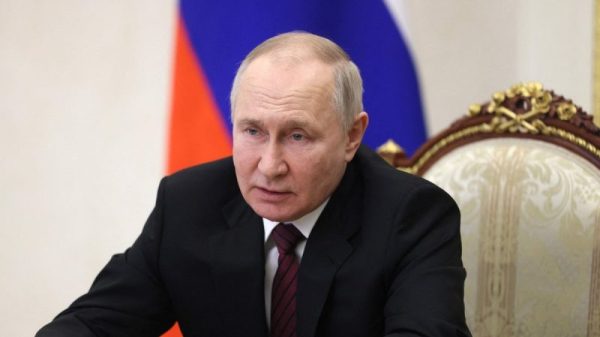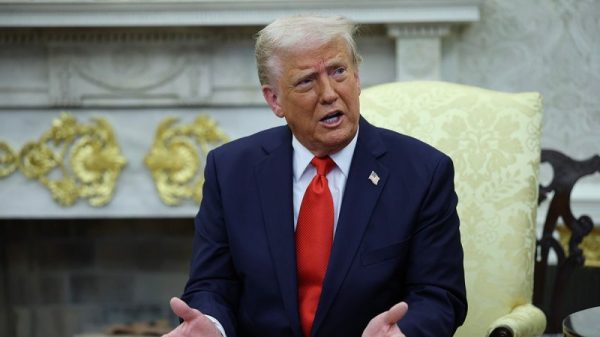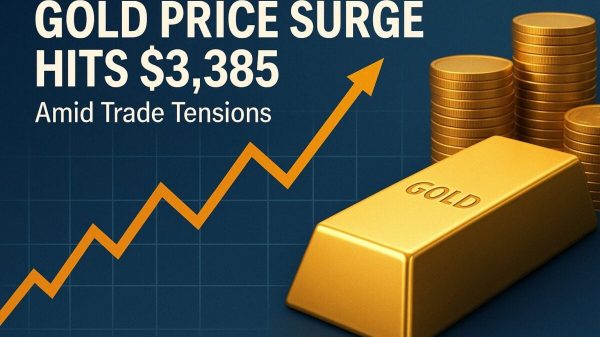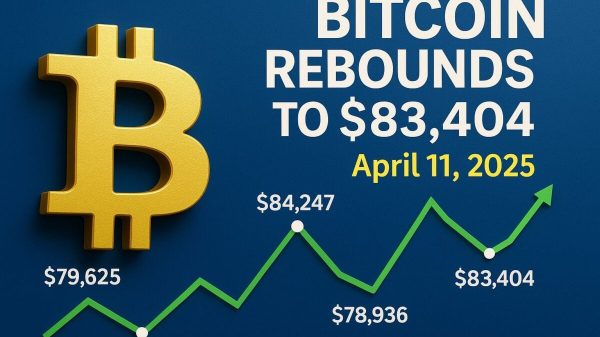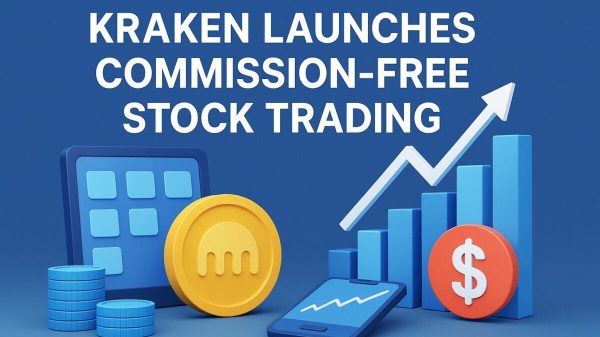Forex Facts That You Should Know: The Currency Chronicles
Key Takeaways
Forex, the largest financial market, recorded a daily trading volume of $7.5 trillion in 2022, showcasing its immense size and liquidity.
The market’s history, shaped by events like the Bretton Woods System and the establishment of the Euro, highlights its evolution over time.
Forex trading involves diverse currencies, operates 24/7, and offers high leverage, amplifying profit potential and risk.
Market participants range from banks to individual traders, collectively influencing price movements and liquid market dynamics.
New to Forex trading? Here are the key Forex facts you need to know: Forex is the largest and most liquid financial market worldwide, emphasizing currency pair liquidity.
To improve in Forex and earn more money, it is important to understand some basic ideas. These ideas can help you triple your income.
No matter your experience, the foreign exchange market is characterized by constant change and unpredictability. You must continuously improve and stay informed about this decentralized market’s latest news and trends to excel.
This learning journey will delve into essential Forex facts vital for achieving professional success. However, before we delve into these Forex facts, let’s begin with a brief overview of the history and purpose of the Forex market.
What does the Forex market represent?
As many already know, Forex is the biggest and most liquid financial market globally. The forex market size is quite impressive. It works 24 hours in most countries, 5.5 days a week.
Trading days are usually from Monday to Friday. Foreign currency trading is the main activity, where EUR/USD and USD/GBP are among the most traded currencies.
In April 2022, the global foreign exchange market recorded a daily trading volume of $7.5 trillion. This marked a 14% increase from the $6.6 trillion per day observed in April 2019.
This achievement represents the lowest triennial growth rate since 2004, as of October 27, 2022. But how did the Forex market start? Let’s catch up on the brief Forex market history!
A short history of the Foreign exchange market
The development of exchange systems is important for understanding the size of the forex market. It started with bartering in 6000 BC by Mesopotamian groups. Initially, goods were directly exchanged, and commodities like salt and spices gained prominence.
By the 6th century BC, the introduction of the first gold coins laid the foundation for modern currencies. The gold standard, adopted in the 1800s, allowed paper money to be redeemed for gold, highlighting central bank influence.
Challenges to Central Banks During World War I
The suspension of the gold standard during World War I illuminated the difficulties central banks encountered. In the early 1900s, the forex market operated under the gold standard, highlighting the central banks’ role.
Nonetheless, this system proved vulnerable to the pressures of the world wars, revealing the constraints of gold-backed currencies. This history helps us understand the size of the forex market, central bank impact, and leverage in forex trading.
What are the significant events that shaped Forex trading?
In history, significant events shaped forex trading:
Bretton Woods System (1944-1971): Established after World War II, it aimed for economic stability by pegging currencies to the US Dollar, linked to gold. President Nixon’s 1971 suspension ended it due to the US Dollar’s excess circulation.
The Free-Floating System: Following Bretton Woods, currencies had more flexibility. Attempts like the European Joint Float in 1972 failed, leading to the free-floating system.
The Plaza Accord in 1985 increased other currencies and caused the US Dollar to go down.
Establishment of the Euro: The 1992 Maastricht Treaty created the Euro and reduced exchange risk for European entities.
Internet Trading (1990s): Advancements in communication, globalization, and capitalism revolutionized forex trading, making previously inaccessible markets tradable.
Forex Today and Beyond: The forex market, the world’s largest, with daily trades exceeding $5 trillion, continues to evolve. Its future remains dynamic, offering opportunities for traders.
These important events show how the forex market has changed over time. The forex market has evolved due to various factors such as trading platforms, time zones, price changes, currency pairs, and leverage.
It has become more liquid and has been influenced by trading platforms, time zones, price changes, currency pairs, and leverage.
What are the key Forex facts you need to know?
Trading, a practice rooted in ancient times, revolves around exchanging goods or services. In Forex, this concept extends to “buy and sell” transactions, where participants exchange one currency for another, aiming to profit from price fluctuations.
Here are also some crucial Forex facts to keep in mind:
Diverse currencies available for trading
The major currency pairs represent some of the most common currency combinations in the Forex market.
Although there is no definitive list of the major pairs, they are understood within the forex trading industry to be EUR/USD, USD/JPY, GBP/USD, USD/CHF, USD/CAD, and AUD/USD.
24-hour available market
Forex trading is the biggest financial market and operates 24/7 due to its integration into major forex hubs worldwide. This “24-hour trading” feature allows market participants to transact anytime, providing flexibility and accessibility.
Leverage in Forex
Leverage has a crucial role in Forex trading. In the world of foreign exchange, it’s not uncommon to encounter leverage ratios as high as 100:1.
This implies that for every $1,000 available in your trading account, you have the potential to control trades with a total value of $100,000.
The rationale behind forex market makers’ provision of such high leverage often revolves around the concept that leverage is intricately linked to risk management.
Forex trading offers high leverage, letting traders control big positions with little capital. While this can amplify potential profits, it also increases the risk of significant losses, making risk management crucial.
Market participants explained
Within the forex market, market participants encompass a diverse group, including banks, financial institutions, corporations, governments, and individual traders. Their collective actions influence price movements and market dynamics.
Opportunities for profit and risk
With its immense trading volume and diverse participants, this dynamic market embodies the essence of forex trading. It offers opportunities for profit and risk, making it a central player in the global financial landscape.
Key Forex Trading Facts to Remember
Forex is the world’s largest financial market, valued at $2.4 quadrillion.
Daily trading volume is $7.5 trillion (2022).
170 currencies are traded.
85% use MT4, 6% prefer MT5.
The US dollar dominates, followed by the Euro, Yen, Pound, Aussie Dollar, Canadian Dollar, and Swiss Franc.
Forex operates 24/7 across four major sessions.
Majors: AUD/USD, USD/CAD, NZD/USD, USD/JPY, EUR/USD, GBP/USD, USD/CHF.
Over 67% of the trading volume involves Majors.
Minors exclude the US dollar.
There are 13.9 million global online traders.
41% trade 9-20 times monthly.
14% trade over 6 hours; 45% trade 1-2 hours.
IC Markets leads with $18.9 billion daily volume.
7% have 10+ years’ experience, 23% have 4-9 years, 39% have 1-3 years, and 31% have <1 year.
Forex has no single exchange; trading hours vary by time zone: New York (8 AM-5 PM EST), Tokyo (7 PM-4 AM EST), Sydney (4 PM-1 AM EST), London (2 AM-11 AM EST).
These facts provide a snapshot of the diverse forex trading landscape.
Bottom line
In the world of Forex trading, knowledge is power. Understanding the market’s history, key players, and the significance of major events can be instrumental in navigating this ever-evolving financial landscape.
With a daily trading volume of $7.5 trillion in 2022, the Forex market offers both profit and risk potential opportunities, making it a dynamic force in the global financial market.
As you delve into Forex, remember the key facts and stay informed to enhance your chances of success.
The post Forex Facts That You Should Know: The Currency Chronicles appeared first on FinanceBrokerage.


